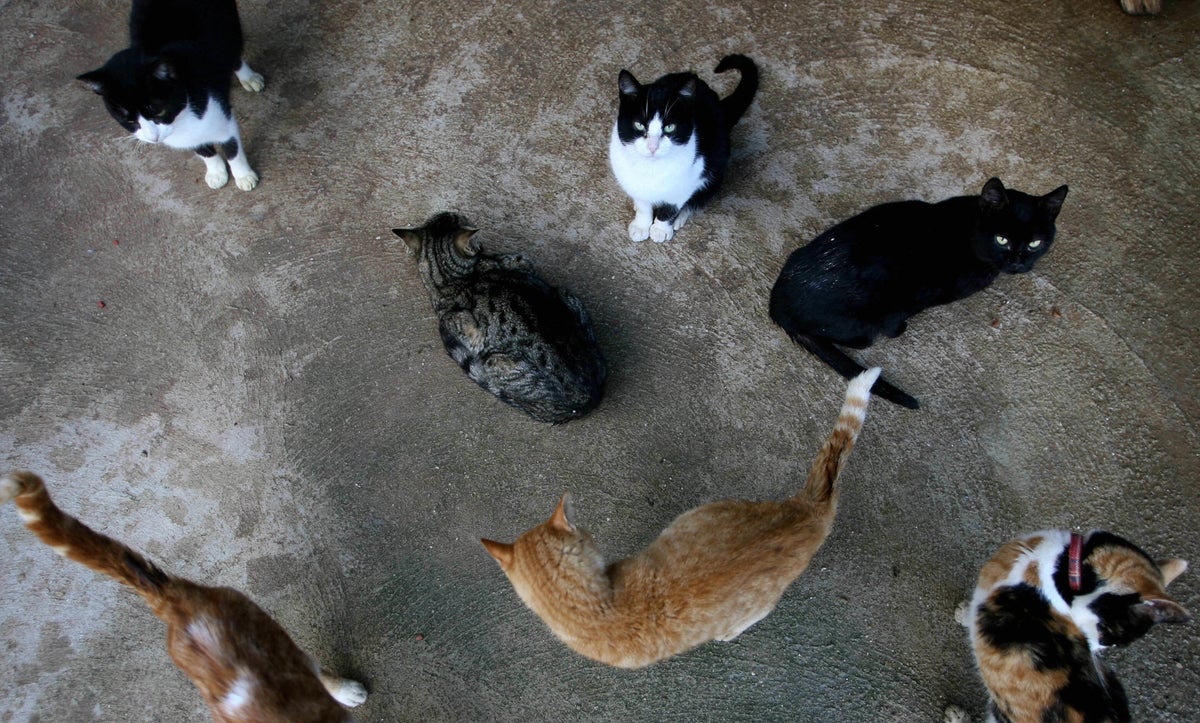
Scientists have unravelled ways to differentiate playful and aggressive interactions between cats, new findings that may help people identify play and genuine fighting in their pets.
The research, published on Thursday in the journal Scientific Reports, suggests that cats may engage in a mix of playful and aggressive behaviours which may escalate into a full-blown fight if not properly managed by their human companions.
In the study, scientists, including Noema Gajdoš‑Kmecová from the University of Veterinary Medicine and Pharmacy in Košice, Slovakia, assessed over 100 video clips of interactions between 210 cats sourced from YouTube and directly from cat owners.
Researchers could observe six types of behaviour categories in the felines including wrestling, chasing and vocalisation, which they then used to assess the remaining cats.
They grouped the cats based on the frequency and duration of the six behaviours.
Reviewing the same videos, other authors in the study could come up with three groups to define the interactions: “playful”, “agonistic” aggressive interactions, or “intermediate”, which is a mixture of both playful and aggressive behaviour.
Over half of the cats exhibited playful interactions, according to the study, while about 29 per cent were labelled as agonistic, and 15 per cent as intermediate.
Wrestling behaviour between cats was most closely linked to the playful group, while vocalisation and chasing were associated with the agonistic group, scientists say.
The intermediate group, according to researchers, while observed as having characteristics of both, was more closely related to the playful group.
They say the intermediate group showed prolonged exchanges of behaviours like laying on their back with their belly upwards, pouncing, stalking, and approaching and grooming each other.
Scientists say this mixture of playful and aggressive behaviours may reflect a short-term disagreement in social behaviour between the cats, rather than a “break-down in the relationship.”
“This might escalate into a fully agonistic encounter, but does not necessarily reflect a breakdown in their social relationship but rather a short-term disagreement in social priorities,” researchers wrote in the study.
Based on the study, scientists say close inter-cat interactions can be considered into either playful, intermediate and agonistic.
Young cats that are wrestling, but not vocalising, are “most likely playing”, they say.
However, when there are extended inactive breaks between cats, along with vocalisation and chasing, researchers say such interaction may not indicate mutual social play, but instead is “balanced by a degree of agonistic response”.
Researchers caution that the interactions may differ from day to day, or even from one occasion within a day to the other.
They call for pet owners to identify such potential tension between the felines as accurately understanding them can help manage the cats to avoid escalation and potential injury.







